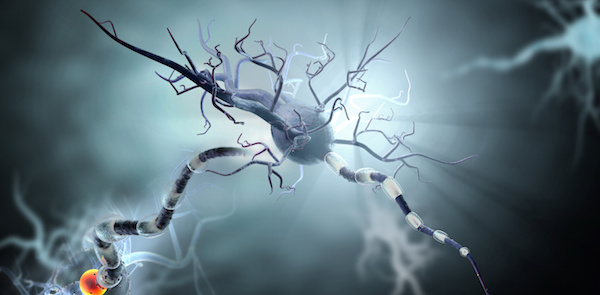
WEDNESDAY, June 9 (HealthDay News) — The genetic background to autism may have gotten a little clearer.
Scientists say they have pinpointed certain types of genetic abnormalities that are unusually prevalent in individuals with the disorder. These are either segments of DNA entirely missing from the genome or the same segment repeated several times, known to geneticists as “copy number variations” (CNVs).
“We knew genetics were involved through twin studies and family studies, but the majority of studies focused on common variations in probably a few genes,” explained study author Stephen Scherer, director of the McLaughlin Center and the Center for Applied Genomics at The Hospital for Sick Children and the University of Toronto in Canada. “We found dozens, if not hundreds, of genes involved and each autism family may have their own genetic form of autism. The variations are quite rare.”
“This validates and confirms a hypothesis long held by researchers in this community that autism, instead of having just one or two genetic risk factors, is likely to have hundreds, and these are usually identified by these sudden deletions or insertions in the genome called copy number variants,” added Andy Shih, vice president of scientific affairs at Autism Speaks, which helped fund the study. Shih served as key facilitator of the Autism Genome Project Consortium, a collaboration of institutions around the world that conducted the study.
The study findings are published in the June 10 issue of Nature.
The researchers compared the genomes of nearly 1,000 people with autism spectrum disorder (ASD) and about 1,300 healthy controls.
On average, participants with ASD had 19 percent more CNVs than the controls. Most of the CNVs were inherited from parents while others appeared for the first time in the autistic individual.
“About 6 percent of these occur as new CNVs in autistic individuals but the vast majority are rare, inherited CNVs,” Scherer explained.
“With autism, there’s a higher likelihood of having CNVs in their genes, especially genes related to intellectual disability,” Shih stated.
About 40 percent to 50 percent of kids with autism also have intellectual disabilities, Scherer pointed out.
There were also commonalities with other disorders, including schizophrenia, Shih said.
When researchers mapped all the genes affected by CNV deletions, they found many overlaps.
“We were able to link hundreds of these candidate genes together in the same pathway and these molecules include the known autism genes,” Scherer said. “We identified known groups of genes but also entirely new collections.”
These links between genes may prove important in looking for treatments.
“Now that we have a good outline of the network of molecules involved, that’s what we can use to start designing rationally targeted therapeutics,” Scherer said. “We didn’t really have that before.”
In some cases, there may even be drugs already out there that would affect some of these genes, he said.
Many of the CNVs identified were in areas of the genome already known to be associated with autism. Others were in areas involved with neuron (brain cell) signaling, also in line with previous research.
But some of the aberrant areas were involved in other areas also linked to brain development.
“That’s exciting . . . because it could mean even more targets for treatment,” Shih said, although the road to actual treatments could be a long one.
More information
There’s more on autism spectrum disorders at Autism Speaks.

